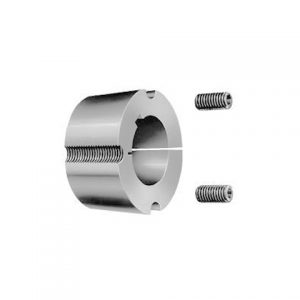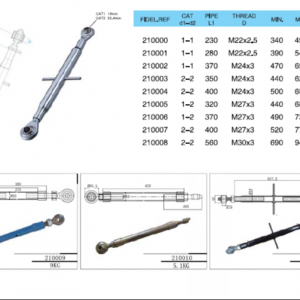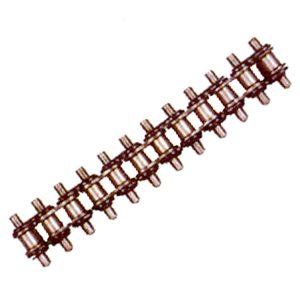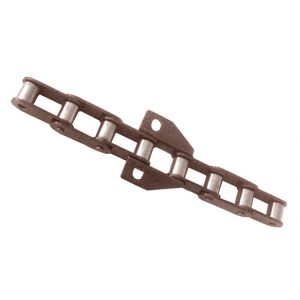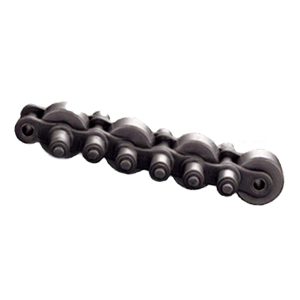Product Description
|
Product Name |
Aluminum Alloy GT Timing Pulley For Printing Packaging Equipment |
|
Material |
Aluminum alloy,stainless steel |
|
Surface treatment |
Natural color anode |
|
Customized service |
Support light customization and logo customization |
|
Remarks |
The default engraving brand name and size of the product. If you need not engraving, please contact the customer service for comments |
| Packaging Details | Carton box with anti-static package,carton plus with wooden case. |
| Main Products | Shaft Parts, Timing Belt Pulley, Gears, CNC Machining Parts, Sheet Metal Fabrication |
| Certifications(2) | ISO9001:2015, IPMS |
| Applicable Industries | Building Material Shops, Manufacturing Plant, Food & Beverage Factory, Farms |
| Supply Ability | 100000 Piece/Pieces per Month |
| Dimension | oem provided |
| Surface finish | anodized |
| Lead Time | 25 days |
| Application | Furniture,cabinet |
| Custom | OEM and ODM services are welcome,we can make cutom LOGO and products according to customer’s requests. |
| Quality control Our | Finished product inspection,Warranty available |
| service | Swiss machining;deburring;lathe/turning;5 axis;micromachining |
| Color |
silver,gold,black,red,bulue,and according to the customer requests. |
/* January 22, 2571 19:08:37 */!function(){function s(e,r){var a,o={};try{e&&e.split(“,”).forEach(function(e,t){e&&(a=e.match(/(.*?):(.*)$/))&&1
| Certification: | ISO |
|---|---|
| Pulley Sizes: | Type E |
| Manufacturing Process: | Casting |
| Material: | Stainless Steel |
| Surface Treatment: | Baking Paint |
| Application: | Chemical Industry, Grain Transport, Power Plant |
| Samples: |
US$ 100/piece
1 piece(Min.Order) | |
|---|
| Customization: |
Available
| Customized Request |
|---|
What is the difference between a fixed and a swivel pulley?
Fixed and swivel pulleys are two common types of pulleys that differ in their design and functionality. Here are the key differences between these two types:
1. Fixed Pulley: A fixed pulley is a type of pulley that is mounted or attached to a fixed point, such as a beam or a ceiling. It does not move or rotate independently of its mounting point. The primary function of a fixed pulley is to change the direction of the force applied to a rope or cable. When a force is applied to the rope or cable passing through a fixed pulley, the load moves in the opposite direction. However, a fixed pulley does not provide any mechanical advantage, meaning it does not reduce the effort required to lift the load.
2. Swivel Pulley: A swivel pulley, also known as a movable pulley, is designed to rotate or swivel on a separate mounting point. It has a built-in mechanism that allows it to move independently. Unlike a fixed pulley, a swivel pulley is capable of changing both the direction and the magnitude of the force applied to the rope or cable. When a force is applied to the rope or cable passing through a swivel pulley, the load moves in the same direction as the applied force. Additionally, a swivel pulley provides a mechanical advantage by distributing the load’s weight over multiple strands of rope or cable, reducing the effort required to lift the load.
In summary, the main differences between fixed and swivel pulleys are:
– Fixed pulleys are stationary and do not move independently, while swivel pulleys can rotate or swivel on a separate mounting point.
– Fixed pulleys change the direction of the force applied to the rope or cable, while swivel pulleys change both the direction and the magnitude of the force.
– Fixed pulleys do not provide a mechanical advantage, while swivel pulleys provide a mechanical advantage by distributing the load’s weight over multiple strands of rope or cable.
Both fixed and swivel pulleys have their specific applications and can be used individually or in combination with each other to achieve desired mechanical functions in various systems and setups.
Can pulleys be used for both horizontal and vertical lifting?
Yes, pulleys can be used for both horizontal and vertical lifting. The versatility of pulley systems allows them to be utilized in various lifting applications, regardless of the direction of the load. Here’s how pulleys can be used for horizontal and vertical lifting:
1. Horizontal Lifting: In horizontal lifting scenarios, pulleys can be employed to change the direction of the force applied to the load. By using a combination of fixed and movable pulleys, the force can be redirected to pull the load horizontally. This is commonly seen in applications such as manual hoists or block and tackle systems used in construction, where heavy objects need to be moved horizontally across distances.
2. Vertical Lifting: Pulleys are widely used in vertical lifting applications, such as cranes, elevators, and lifting systems. In these setups, the pulleys are typically arranged in such a way that the load can be lifted vertically. By using multiple pulleys and ropes or cables, mechanical advantage can be achieved, making lifting heavier loads easier. The pulleys distribute the load’s weight across multiple lines, reducing the effort required to lift the load.
It’s worth noting that the number and arrangement of pulleys can vary depending on the specific lifting requirements. For example, a single fixed pulley can change the direction of the force but does not provide any mechanical advantage. On the other hand, systems with multiple pulleys, such as compound pulley systems or block and tackle setups, can provide significant mechanical advantage, making lifting heavier loads more manageable.
Whether it is horizontal or vertical lifting, the principles of pulley mechanics remain the same. Pulleys allow for force redirection, mechanical advantage, and load distribution, making lifting tasks more efficient and manageable. The specific configuration and setup of the pulley system will depend on the lifting requirements and the desired level of mechanical advantage.
How does a fixed pulley differ from a movable pulley?
A fixed pulley and a movable pulley are two distinct types of pulleys that differ in their design and functionality. Here’s a detailed explanation of their differences:
1. Design and Attachment: A fixed pulley is attached to a stationary structure, such as a ceiling or wall, using a mounting bracket or other means. It remains fixed in place and does not move during operation. In contrast, a movable pulley is attached to the load being moved and moves along with it. It is typically suspended by a rope or cable and can freely move up and down.
2. Mechanical Advantage: When it comes to mechanical advantage, a fixed pulley does not provide any advantage. It changes the direction of the force applied but does not reduce the effort required to lift the load. On the other hand, a movable pulley provides mechanical advantage by reducing the effort needed to lift the load. It distributes the load between the rope segments attached to the movable pulley and the fixed point, making it easier to lift heavy objects.
3. Force Distribution: In a fixed pulley, the force applied to one end of the rope or belt is redirected to change the direction of the force. The load is lifted by pulling the opposite end of the rope. In this case, the force required to lift the load is equal to the weight of the load itself. In a movable pulley, the load is attached to the movable pulley itself. The force required to lift the load is reduced because the weight of the load is distributed between the rope segments attached to the movable pulley and the fixed point.
4. Directional Change: Both fixed and movable pulleys are capable of changing the direction of the applied force. However, the primary function of a fixed pulley is to change the direction of force, while a movable pulley combines force direction change with mechanical advantage. The movable pulley allows the operator to exert force in a more convenient direction while requiring less effort to lift the load.
5. Applications: Fixed pulleys are commonly used in combination with other pulleys to create more complex systems, such as block and tackle arrangements. They are often used in scenarios where the primary objective is to change the direction of force. Movable pulleys, on the other hand, are frequently used in systems that require mechanical advantage or a reduction in the effort needed to lift heavy objects. They are often found in applications such as lifting systems, cranes, and elevators.
Overall, the key differences between a fixed pulley and a movable pulley lie in their design, mechanical advantage, force distribution, and applications. While a fixed pulley primarily changes the direction of force, a movable pulley combines force direction change with mechanical advantage, making it easier to lift heavy loads.
editor by CX
2024-03-03











